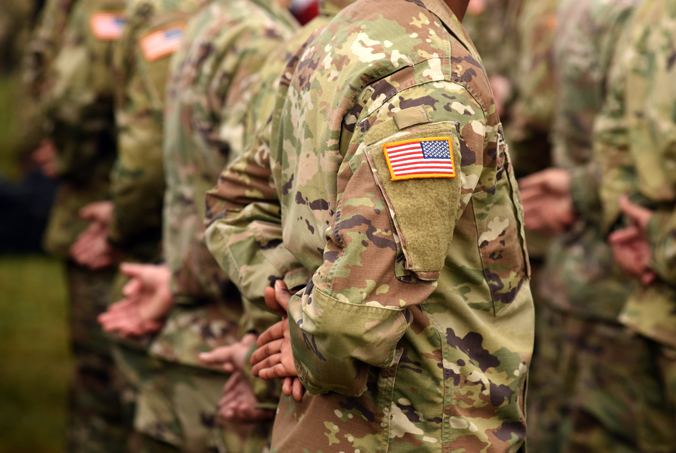Asymptomatic visceral leishmaniasis prevalent in US soldiers deployed to Iraq
Click Here to Manage Email Alerts
Study findings showed that almost 20% of United States soldiers who have deployed to Iraq have asymptomatic visceral leishmaniasis and may face a lifelong risk for reactivation.
According to Rupal M. Mody, MD, MPH, an infectious disease specialist at the William Beaumont Army Medical Center in El Paso, Texas, and colleagues, soldiers deployed to Iraq can be infected with Leishmania infantum — the parasite that causes visceral leishmaniasis (VL) — via the bite of an infected sand fly. There is no prophylactic medicine or vaccine for the infection.
“While cases of cutaneous and active visceral leishmaniasis have been described in U.S. soldiers deployed to Iraq, chronic asymptomatic visceral infection with L. infantum has not been previously recognized in U.S. forces,” Mody and colleagues wrote in Clinical Infectious Diseases.
In light of the risk for reactivation of asymptomatic visceral leishmaniasis (AVL), Mody and colleagues enrolled 200 U.S. military personnel in good health aged 18 to 60 years who deployed to Iraq between 2002 and 2011. They enrolled 50 soldiers who never traveled to regions where AVL is endemic as controls. AVL was defined as a positive result on any test. Participant risk factor surveys and donated blood samples were used for VL research assays.

Of the 200 participants, 84% were male, 79% were white, 88.5% served in the army and 64.5% were enlisted soldiers. The median age was 41 years, and the average time since their first deployment to Iraq was 11.3 years. Mody and collleauges observed a high vector exposure, reporting a seropositivity rate of 64% for antibodies to saliva from Phlebotomus alexandri, a sand fly.
The findings showed an AVL prevalence among the study cohort of 19.5% (n = 39; 95% CI, 14.4%-25.8%),. Mody and colleagues found that travel to Ninewa, a governorate in Northern Iraq, as associated with an increased risk for AVL (P = .01).
Mody and colleagues emphasized a need for further studies to determine VL reactivation risk in U.S. veterans. They said the burden of VL among U.S. military deployed to Iraq and the likelihood of an individual infected with AVL donating blood may be higher than previously realized.
“Overall, due to the high mortality of undiagnosed/untreated overt VL, clinicians caring for U.S. personnel who have remotely deployed to leishmaniasis-endemic areas should be aware of possible AVL reactivation with immunosuppression and entertain VL as a diagnosis when their patients develop a consistent clinical syndrome,” Mody and colleagues wrote. – by Marley Ghizzone
Disclosures: Mody reports no relevant financial disclosures. Please see the study for all other authors’ relevant financial disclosures.
